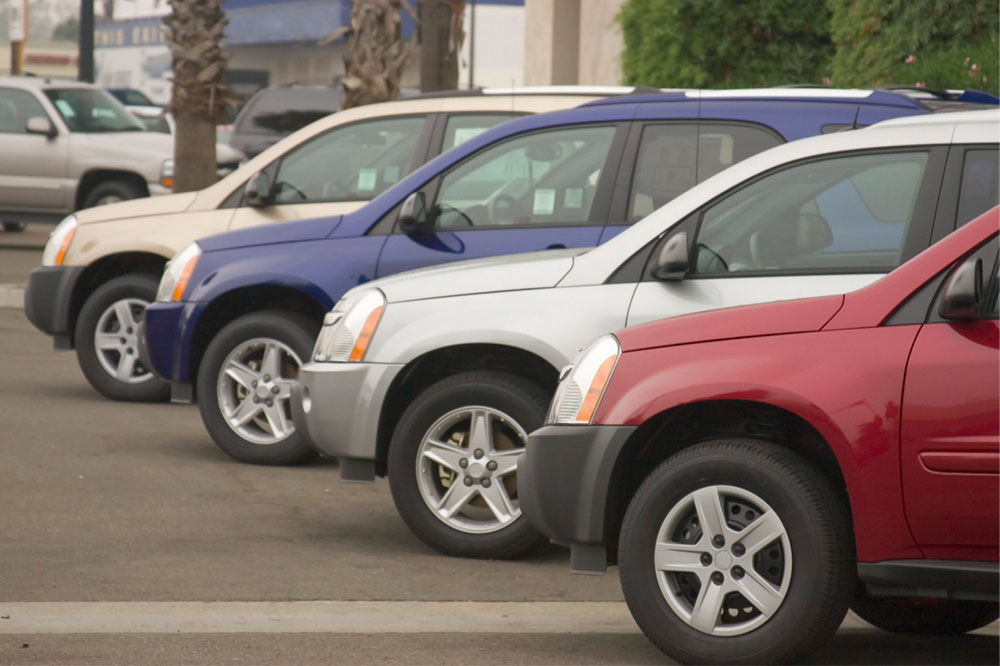
How to determine the value of used cars
Individuals selling their car for the first time or with less experience trading it must be aware of certain things that may reduce or increase the car valuation. Around 40 million used vehicles get sold yearly, but certain things are to be noted as pros or cons while trading the used car. If you’re unsure of what to look out for, then read on below to learn how to determine the value of used cars.
Factors that affect the value of a used car
The trade-in value of a used car depends upon several factors. The most significant ones are mileage and condition. However, there are other things also to be considered. Discover here how to keep the car value high and what elements may decrease it:
Mileage
The mileage of a used car plays a significant role in determining its value. The more the distance covered, the more will be the wear and tear. Higher mileage will significantly impact the engine. However, a low reading on the odometer favors getting a good value for the car.
Condition
The exterior and interior condition of the car is another element that determines the value of a used vehicle. Though it is more subjective than mileage, it is as significant as the distance covered in finding the price. A car with more dents or scratches, torn seats, improper working parts, etc., negatively impacts its valuation. Regular servicing, battery life, oil change, and good tire conditions will fetch more sales.
Age
The car’s age also plays an important role in determining its value. Unless it is vintage, the more years it was used for, the less will be its resale price. After all, each car has a lifetime, and the more it’s near its end, the more it negatively influences the value of the car. It has been found that the car’s price drops by 20% to 30% in the first year and, after five years, 60% or more of the actual rate.
Ownership
One of the many factors that play a crucial role in estimating a car’s value is ownership. The first resale will fetch more prices than the second or third one. Company-owned cars are more prone to lower rates because multiple employees and others may handle them.
Personalizing the car
Personalizing the car may also hurt its value. The large wheels, rear spoilers, stereo speakers, or other customized work may decrease the car’s price. Thus, adding personalized elements negatively influences car valuation.
Exterior color
The used car’s exterior color also plays a crucial role in deciding the value. The hues like blue, white, silver, and metallic grays, sell faster than adventurous and different shades like purple, orange, and brown.
Equipment in the car
The optional and standard equipment in the car increases the value of the car. The most significant is the automatic transmission, and there are more potential clients for automatic than manual transmission. Other plus points are the power seats, sunroofs, upgraded upholstery, and other important elements. In colder climates, the heated seats, all-wheel drive, and steering wheel can also play an important role in getting the higher amount.
History of the car’s maintenance
Even if the car is in excellent condition, the history of its maintenance also affects its valuation. If the car is serviced per the schedules and the paperwork is also complete, the chances may improve for the higher trade-in value. This also shows that you have comprehensive care for your car.
First impression at trade-in time
Last but not least! One of the other significant factors in fetching a higher deal is to make the first great impression at the time of trade-in. Clean the car completely, remove the personal items, vacuum it thoroughly, and run the car wash. Also, it is a good idea to provide the full detailing of the interior, exterior, and engine. It conveys that you cared for your car and will lead to a good deal.
How do you start the process of car valuation?
The determination of the value of a used car is now a hassle-free process. It is made easy by many online sites, where anyone can check the market value of a specific used car. These websites have an inbuilt calculator to find the price using inputs from the user like the car’s make, model, year, variant, and distance driven. It employs a data-driven algorithm to make the calculation and give an instant quote. The vehicle details one provides will be compared with the stored data regarding the car’s demand, its latest sales trend, and market transactions to give a transparent value.
Conclusion
Getting a fair price for any used car is not a difficult task if the vehicle was properly cared for and serviced during its use. Monitoring the car’s value and waiting for the right time is significant to get a good deal on resale.




